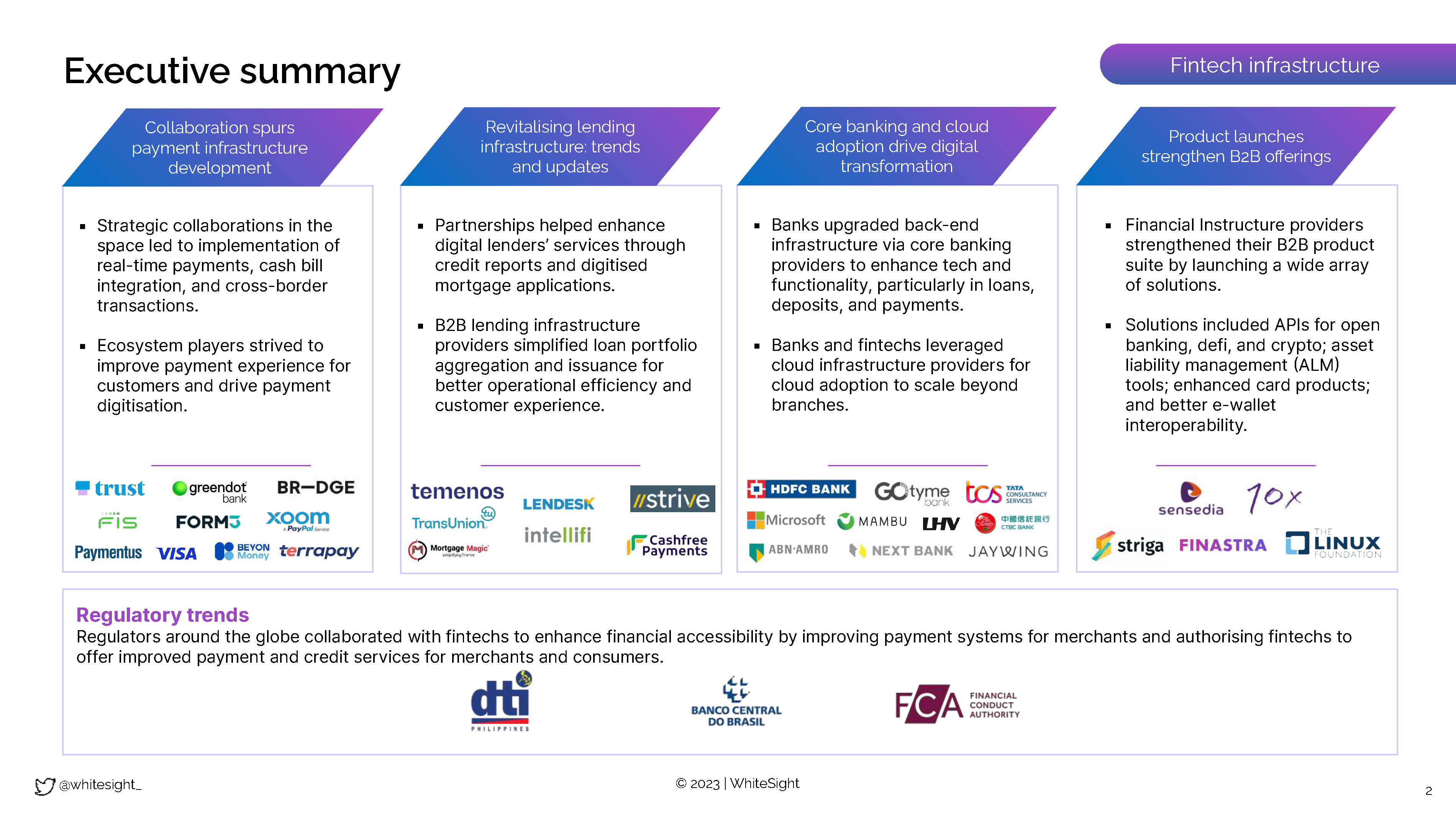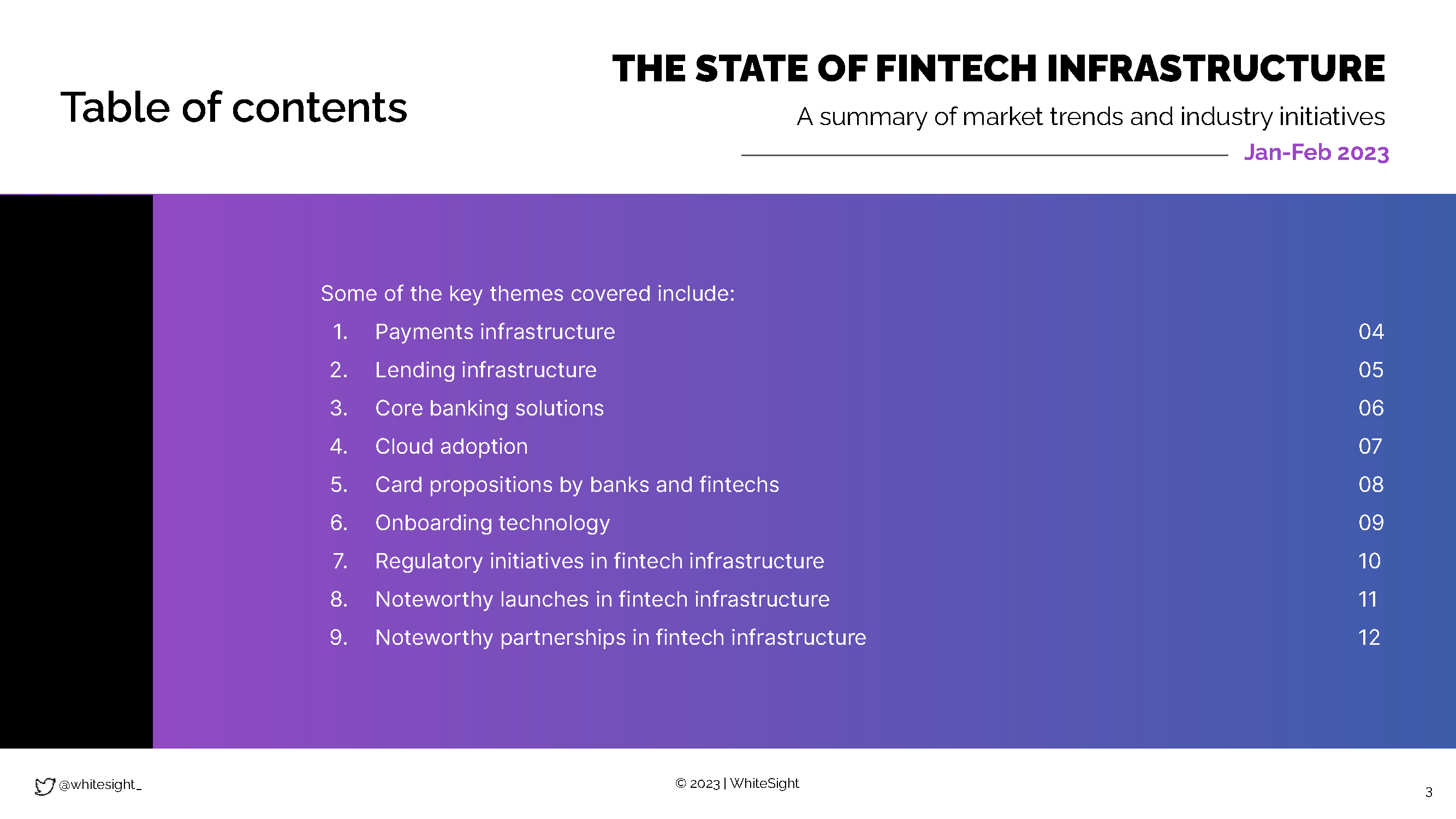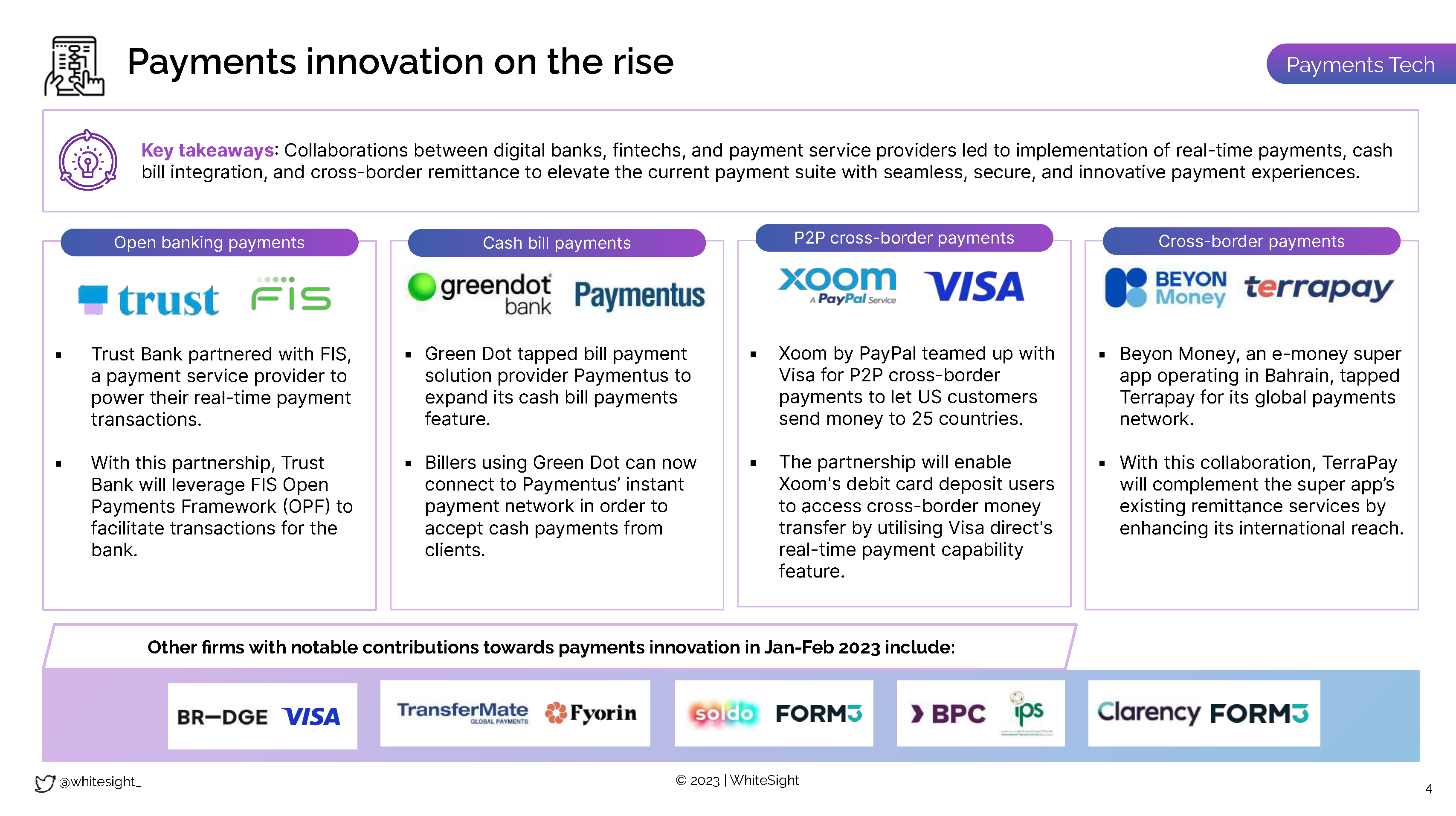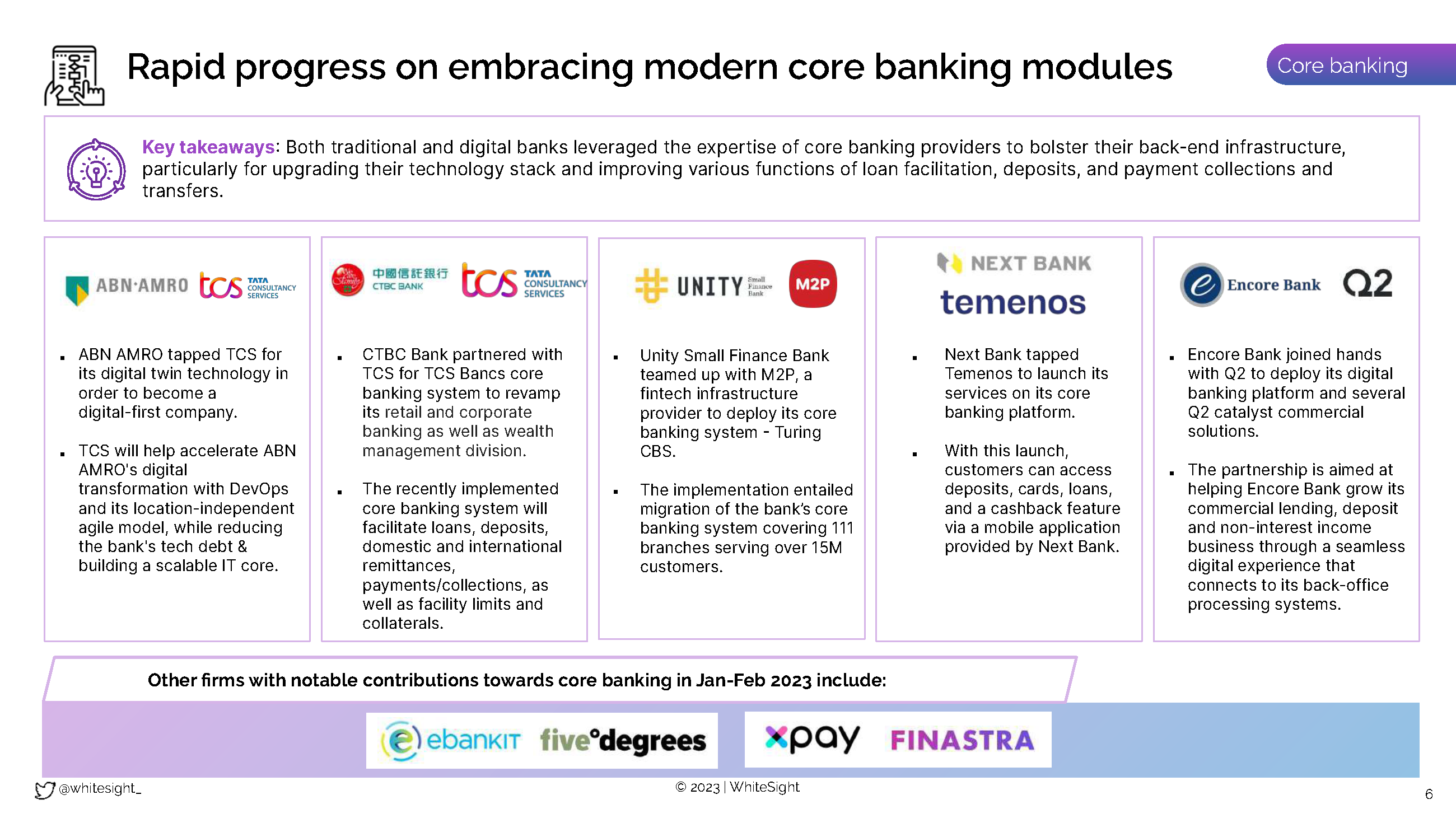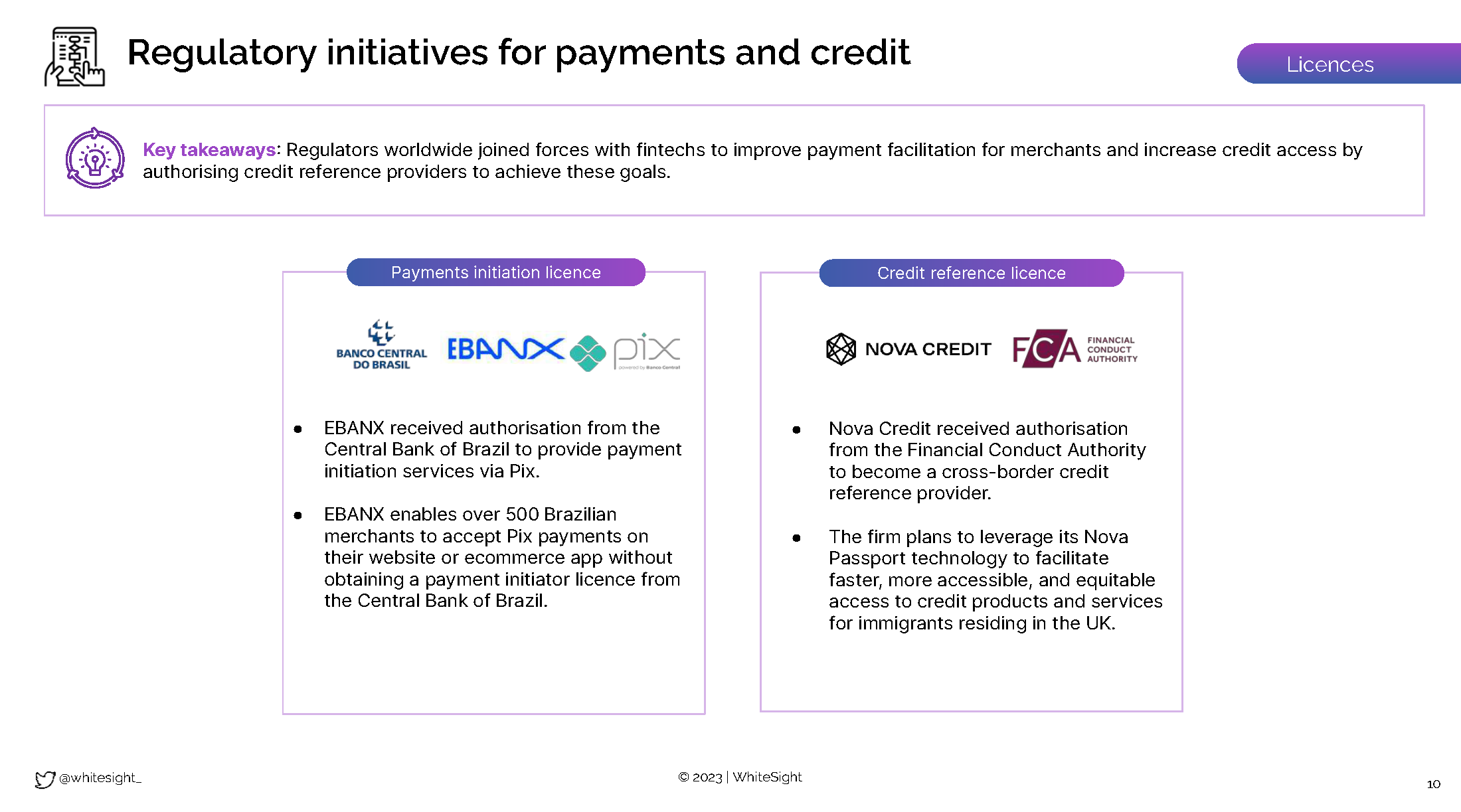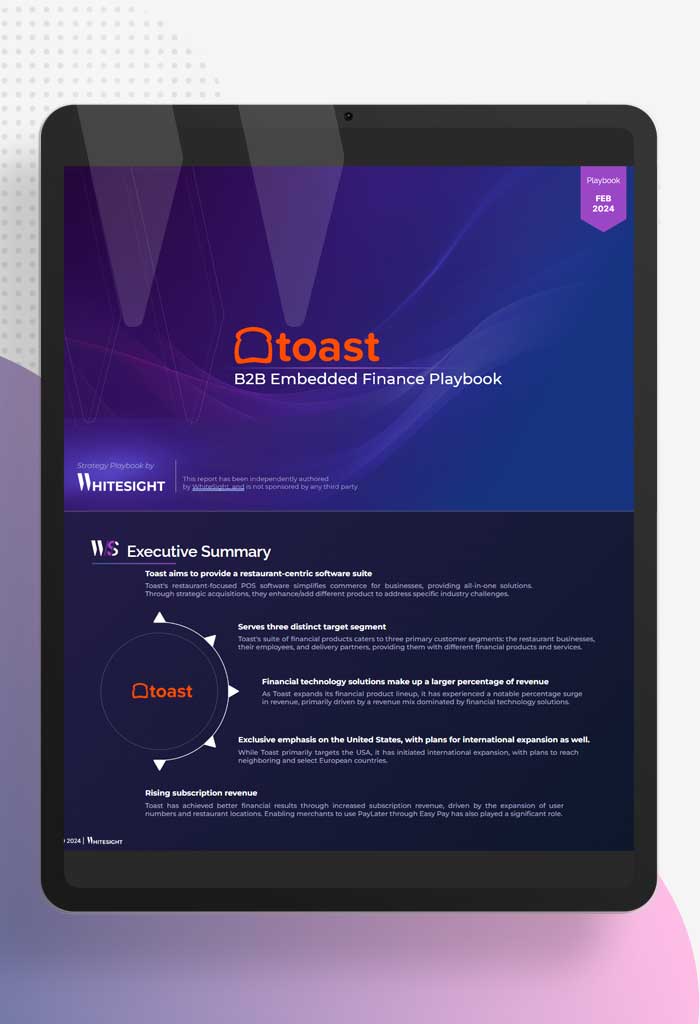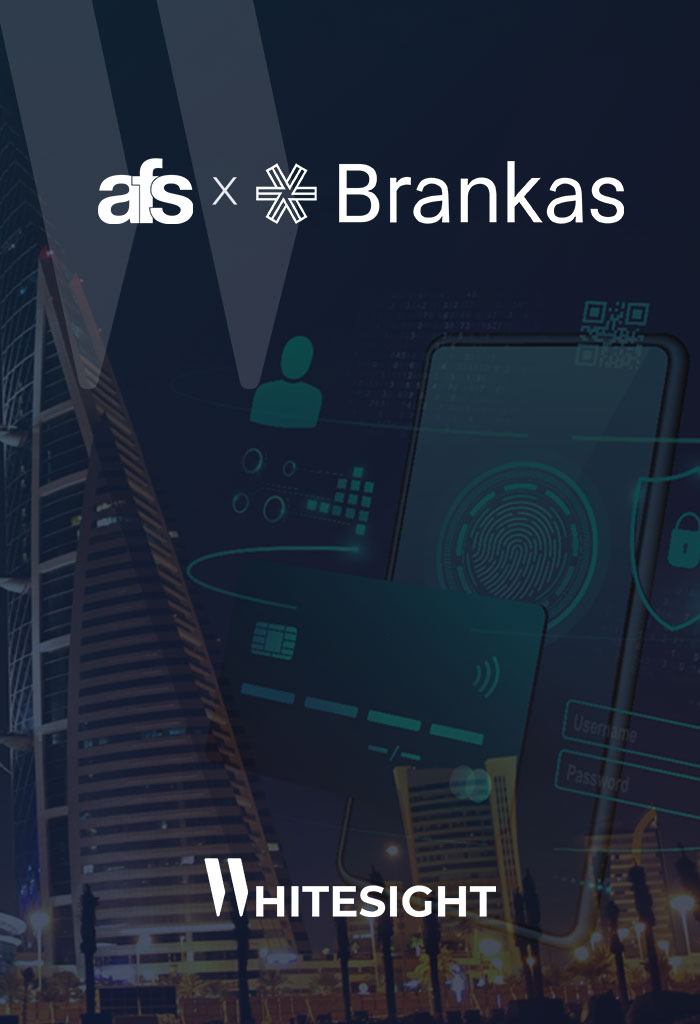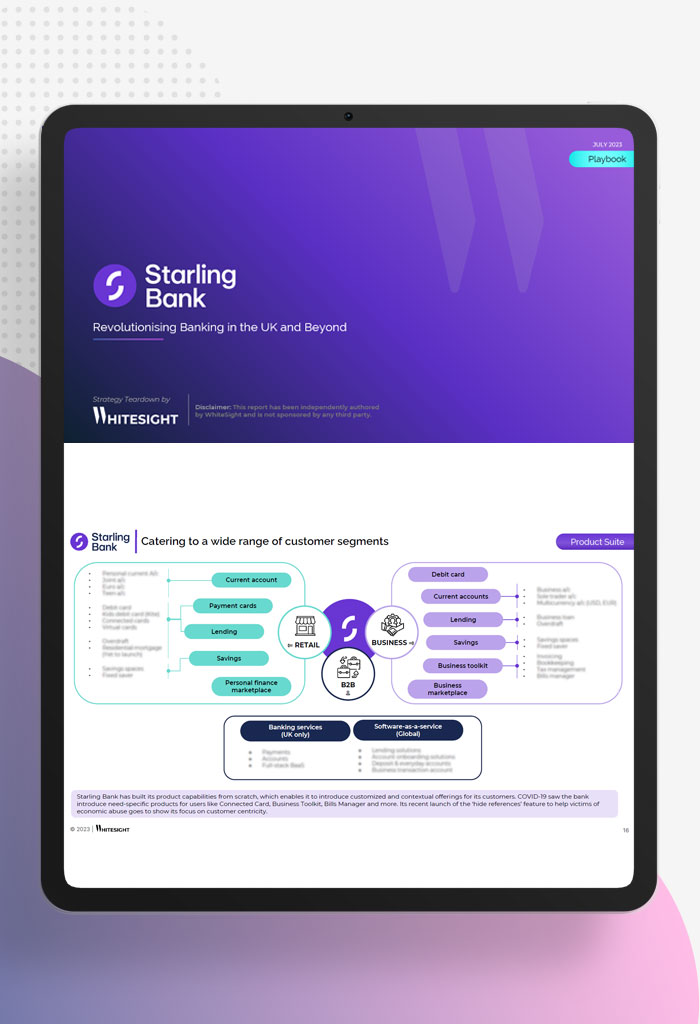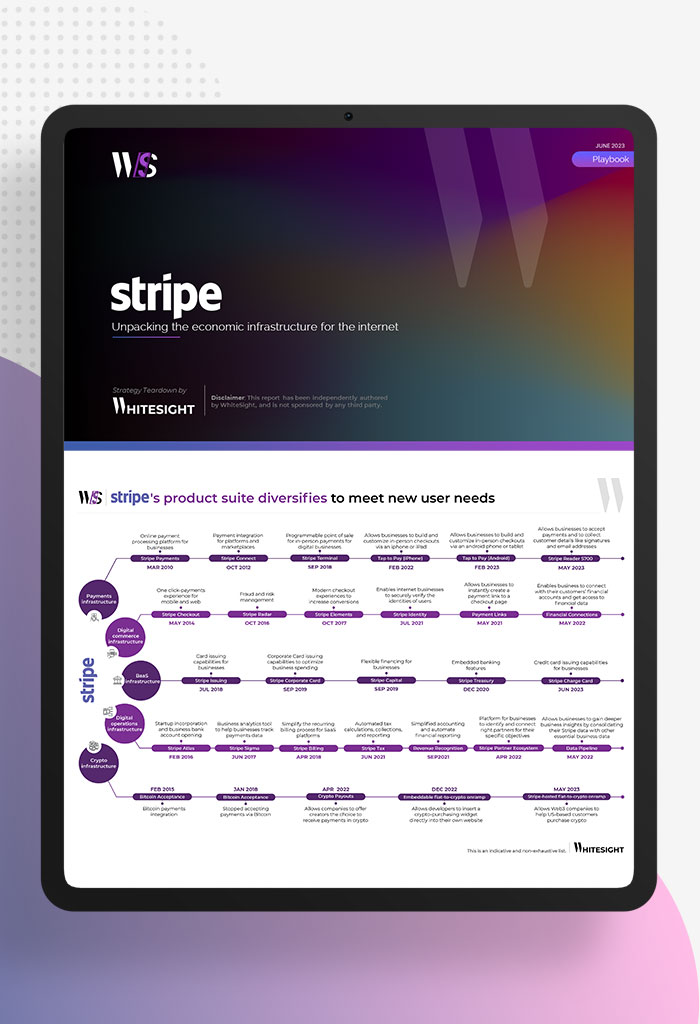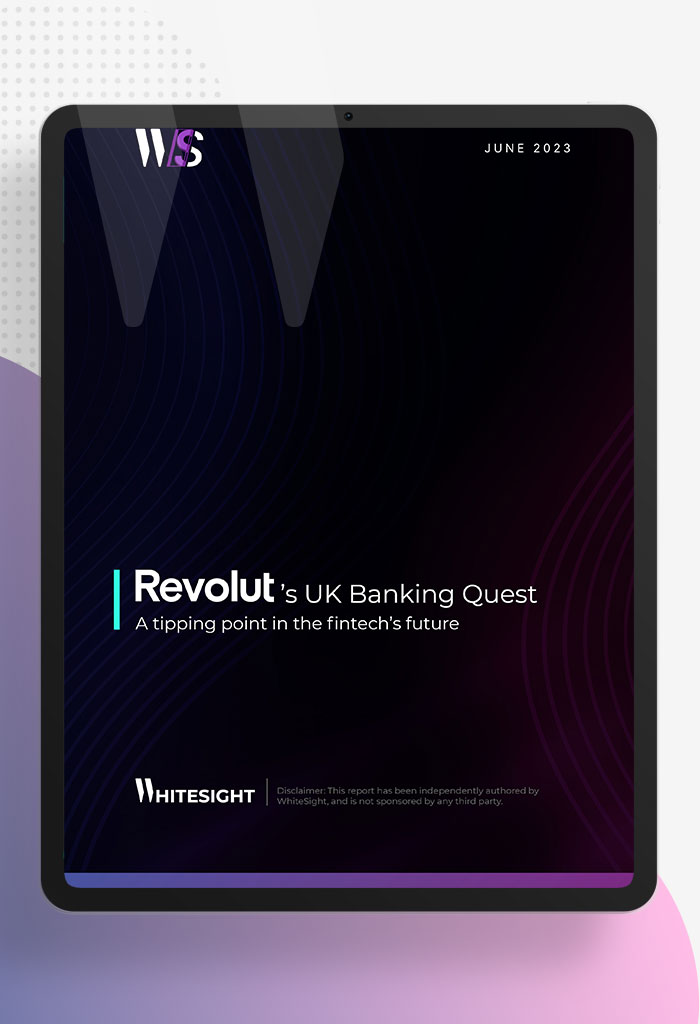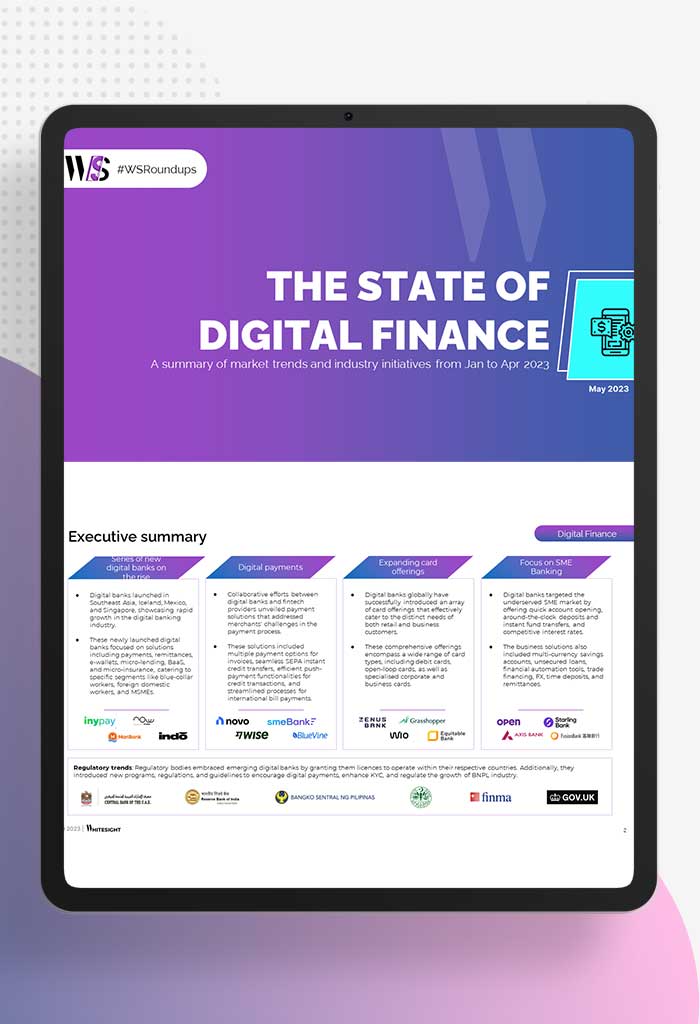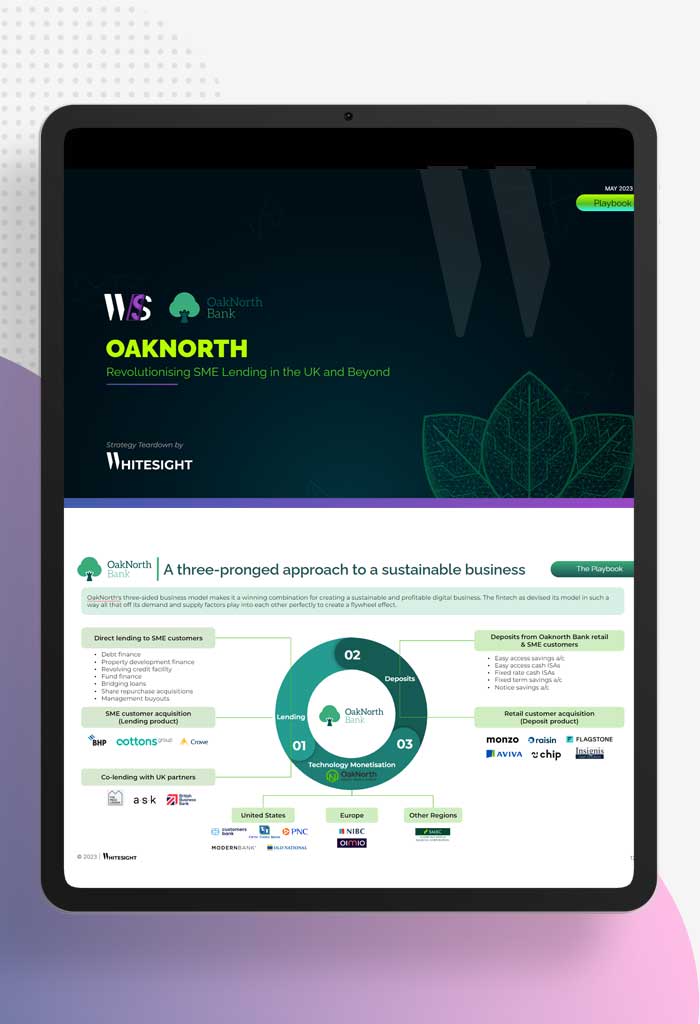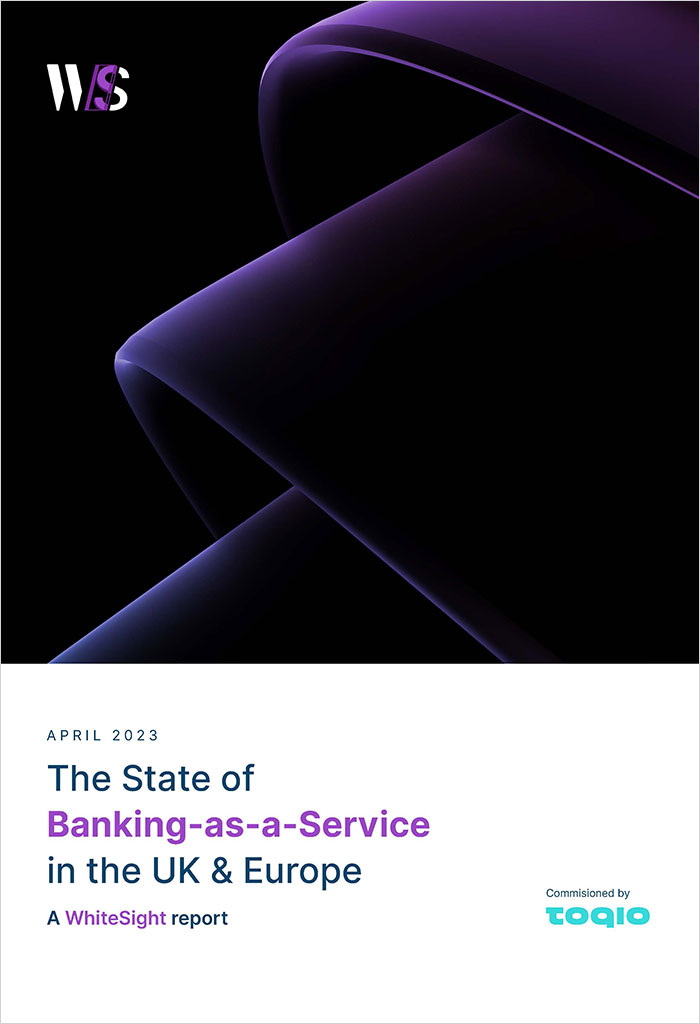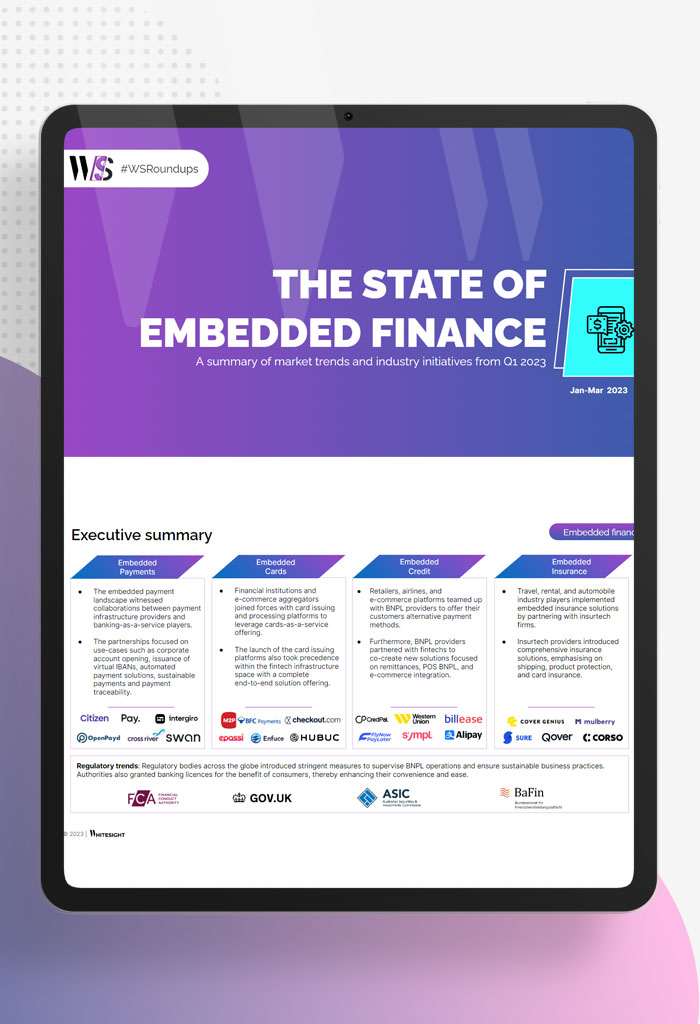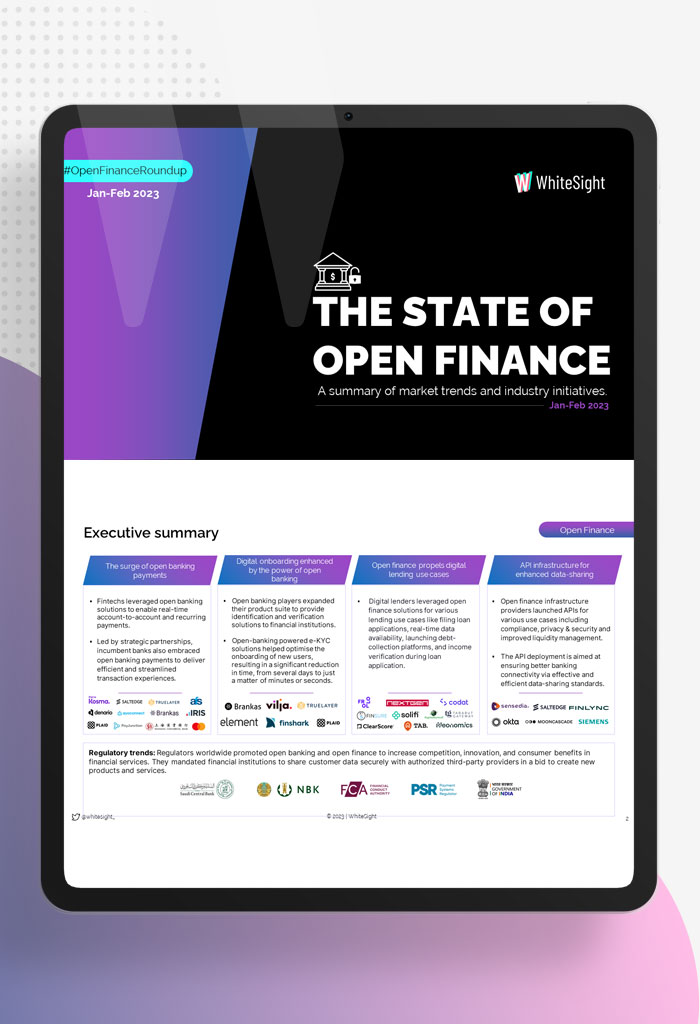The State of Fintech Infrastructure (Jan-Feb 2023)
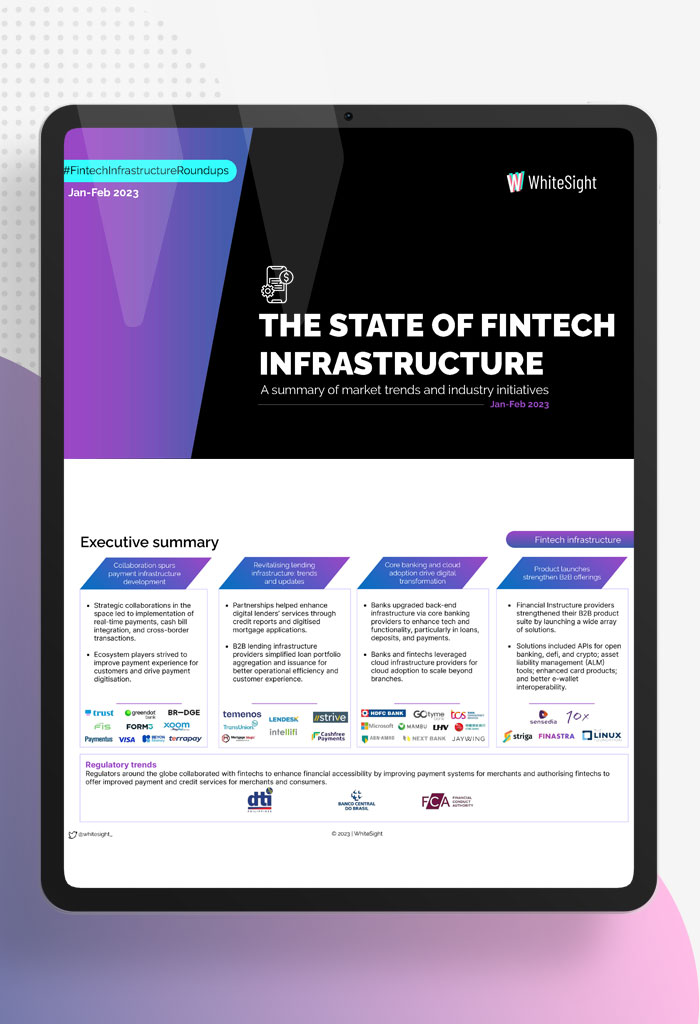
March 16, 2023
The State of Fintech Infrastructure (Jan-Feb 2023)
With the world rapidly evolving and adopting new trends along the way, customers demand innovative products like never before, while also seeking protection from the escalating threat of online fraud. In tandem, businesses are seeking to adapt their operations and payment collection methods to keep pace with the changing landscape.
Complimentary Research
Description
The initial stride towards modernisation is to replace or enhance the organisation’s operational and IT infrastructure, which forms the backbone and structure of its technology framework, and is responsible for crucial functions like managing accounts, loans, payments, and securities.
As customer-centricity takes centre stage in 2023, financial institutions are gearing up to enhance their frameworks to facilitate business capabilities. To leverage the maximum benefits and agility, these players are charting out a strategic blueprint to acquire top-of-the-line solutions and construct a composable platform.
The State of Fintech Infrastructure – Jan-Feb 2023 Roundup report delves into the dynamic advancements in fintech infrastructure across the globe, tackling pain points and revolutionising the way we move money. Unveil a constellation of significant events spanning various themes, including:
- Use case-based summaries of market trends. Use cases covered include using fintech infrastructure for payments technology, lending technology, core banking, cloud adoption, card issuing and processing, and digital onboarding.
- Notable product launches and innovations in the fintech infrastructure space.
- List of notable funding rounds, mergers and acquisitions, and partnerships.
- Summary of global regulatory initiatives for payments and credit.
Already a subscriber? Log in to Access
Radar Subscription Plan
Radar Subscription PlanYour perfect fintech research companion – select a package that aligns with your aspiration
Not Ready to Subscribe?
Begin your fintech adventure free of charge-set forth with our complimentary offering.
Related Reports
Toast is revolutionising the restaurant sector by integrating financial services seamlessly into its restaurant management and Point of…
Dive into how Open Banking is shaking things up in the MENA region’s financial scene. It’s all about sparking collaboration…
Explore the journey of Starling Bank, a digital disruptor in the UK banking industry. With over 3.6 million…
Stripe is leading the fintech revolution, empowering a diverse range of businesses globally. Discover the tactics fueling Stripe’s…
Explore Revolut’s extraordinary growth, its journey towards obtaining a banking licence in the UK, the challenges encountered, and…
WhiteSight delves into the dynamic world of digital finance, bringing you an update from January to April 2023. We examine…
Explore OakNorth’s blueprint for building a tech-first bank that caters to the SME powerhouses of the UK. The…
Since the inception of Apple Pay in 2014, Apple has been at the forefront of bigtechs exploring the…
WhiteSight joins forces with Toqio to delve into the heart of the Banking-as-a-Service (BaaS) market in the UK and Europe,…
Embedded finance is experiencing an unprecedented surge in availability across multiple consumer touchpoints, enabling businesses to offer enhanced customer experiences…
With the world rapidly evolving and adopting new trends along the way, customers demand innovative products like never before, while…
The financial industry started the new year with the groundbreaking approach of open finance – an innovative paradigm that has…

